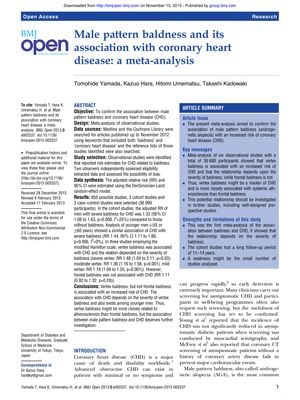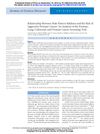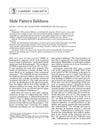Male Pattern Baldness and Its Association with Coronary Heart Disease: A Meta-Analysis
January 2013
in “
BMJ Open
”

TLDR Severe baldness on the top of the head is linked to a higher chance of heart disease, especially in men under 60.
The 2013 meta-analysis by Yamada et al. found that male pattern baldness, specifically severe vertex baldness, is significantly associated with an increased risk of coronary heart disease (CHD), with a relative risk (RR) of 1.48 for severe cases. The study, which included 36,990 participants from six observational studies, showed that this association was particularly strong in younger men under the age of 55 or 60. Frontal baldness, however, was not significantly linked to CHD. The findings suggest that vertex baldness may be an indicator of systemic atherosclerosis and that the risk of CHD correlates with the severity of baldness. The authors recommend that men with vertex baldness should be assessed for cardiovascular risk factors, but also advise against over-medicalization due to the common nature of male pattern baldness. Further research is called for to confirm these results. No funding or competing interests were reported in the study.
















